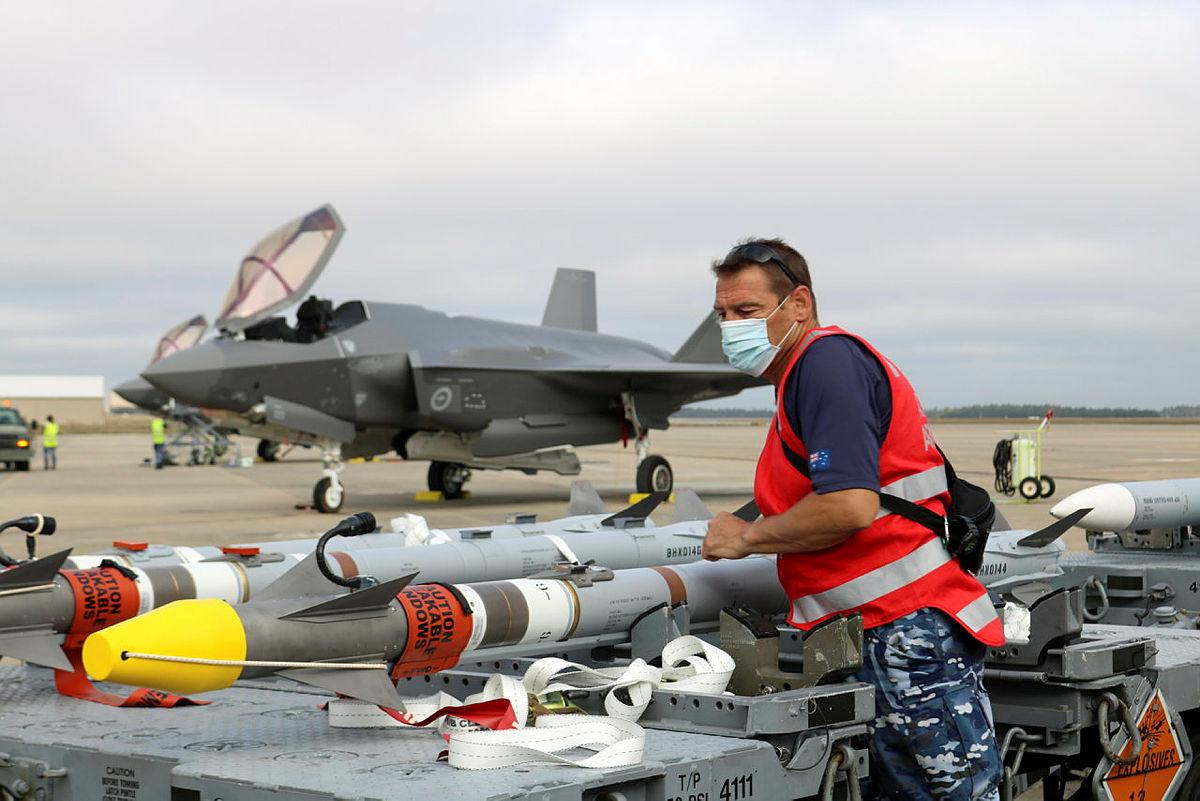
Identifying the industrial capabilities needed in Australia for military–strategic purposes and rectifying supply problems may seem mundane when regional tensions are rising and major decisions on the Australian Defence Force’s force structure hang in the balance.
Nonetheless, achieving defence industrial self-reliance depends on ensuring that appropriate administrative measures for defining and quantifying those capabilities are in place, and that each measure is fit for purpose. Quantification, through an effective and efficient form of capability monitoring by the Defence Department, takes on added importance following the government’s recent announcement that sovereign status has been extended to four additional areas of Australian defence industry.
Over the past five years, defining and monitoring important industrial capabilities has taken a circuitous route rather than the direct path one might expect in an increasingly threatening strategic environment.
From a narrowly defined set of ‘priority industry capabilities’, or PICs, variously estimated to cover between 10% and 20% of Australian defence industry, the government adopted the much broader concept of ‘sovereign industrial capability priorities’ (SICPs) covering all but a few areas of industry activity. Perhaps recognising that when everything is considered important nothing stands out, the government has now shifted the focus to what is ostensibly a more tightly defined set of ‘critical industrial capabilities’ (CICs).
Over the same period, the way Defence monitors the availability of important industrial capabilities shifted from a reactive or largely backward-looking method to a proactive or more forward-looking method under PICs, only to return to a reactive variant under CICs.
Over the past 18 months, industry and implementation plans have been published for most SICPs and CICs. Those documents raise several issues of concern. To begin with, although the criteria used to define SICPs are publicly available, neither the plans nor other forms of official advice reveal the criteria for selecting CICs. The proportions of industry activity covered by SICPs and by CICs also haven’t been disclosed.
Apart from military vehicle assembly, it’s difficult to identify from the plans which capabilities are sovereign but not considered critical. And despite being portrayed as blueprints for industrial sovereignty, the plans don’t assess the economic health of SICPs, only the health of CICs. That implies SCIPs are being pursued primarily for their economic advantages but without relevant supporting data.
The plans define many CICs purely in terms of a capacity for equipment design within industry. However, companies’ design capabilities tend to be sustainable—technically and economically—only if they’re linked to the remaining phases of equipment manufacture consisting of production, assembly and testing. Within each relevant plan, how far that manufacture should or could extend beyond niche materials and components is unspecified. That makes it difficult to determine the intended scope of industrial self-reliance, and if adequate progress is being made.
Finally, even allowing for the confidentiality of some data, the plans provide limited insight into the all-important issues of Defence’s demand for the CICs and industry’s capacity to supply. Apart from obscuring whether capabilities vital to the defence effort are readily available—when surety of access is paramount—that’s likely to hinder the department in targeting its industry assistance programs for innovation, export and workforce skilling.
For most CICs, the plans don’t identify the supporting Defence projects or indicate for each project the relevant levels and patterns of departmental expenditure. Corresponding data on the number of existing and potential suppliers isn’t provided consistently. The supplier numbers that are revealed originate from outdated Defence surveys and Australian Bureau of Statistics data too aggregated to be reliable. For each CIC, the resource and other constraints facing suppliers are dealt with in a rudimentary manner, if at all. Finally, the plans provide little indication of how CICs for equipment design are supported across the private and public sectors and what implications their dependence on the remaining elements of manufacture might have for capability development.
Those are fundamental problems. So, what are the solutions?
Given that CICs appear to cover a lot more of defence industry than PICs, the best initial option to improve monitoring may be to devise a screening method—or ‘trigger mechanism’—to better differentiate CICs that are in reasonable condition from those with health concerns. That could be based on current and expected levels of Defence demand, the identity and recent performance of currently contracted suppliers and the number of companies that have recently but unsuccessfully bid for the same work. The relevant data should already be held by the department.
Under a trigger mechanism, if Defence demand displays considerable volatility, the number of existing suppliers is small, the current performance of those companies is poor, and the number of companies that have tendered recently for related projects is minimal, the case might be made for a closer examination of availability.
Both initial and more detailed forms of improved capability monitoring should be based on well-established economic tools for assessing the structure, conduct and performance of defence markets. ‘Wish lists’ of what industry would like government to do, derived from high-level forms of group consultation, are unlikely to deliver the required data.
Neither defining important industrial capabilities nor intervening to ensure access can deliver what it promises without the ability to monitor where, when and why capability shortfalls are likely to emerge and how big those shortfalls are likely to be. In the political cauldron that is defence industry policy, the need for effective monitoring is one of the few issues on which most protagonists might agree. That, together with some obvious difficulties associated with the existing approach, suggests the need for a much better method of monitoring.